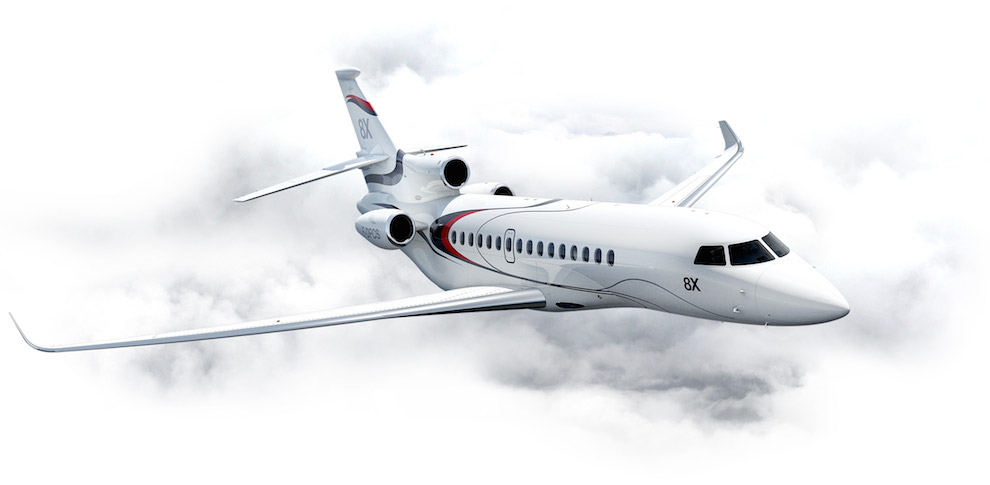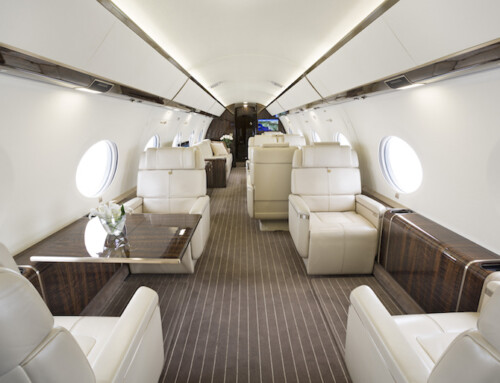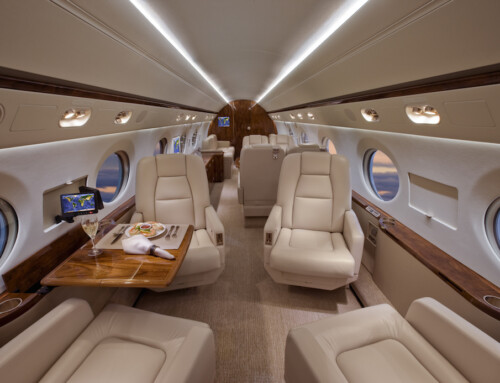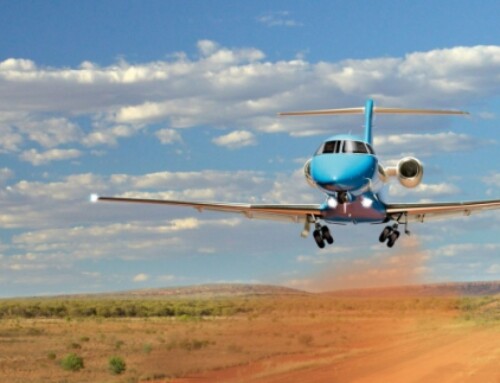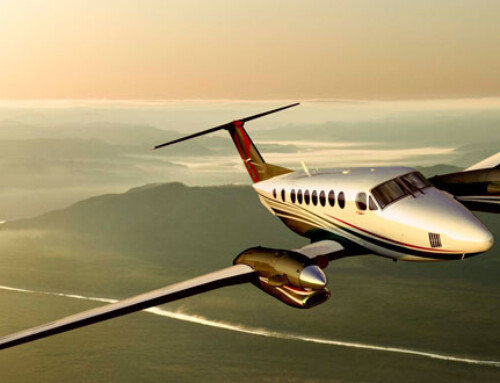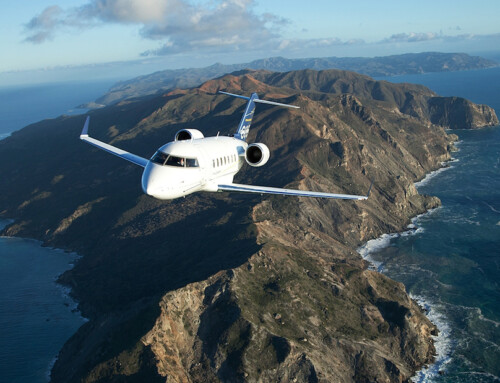How a wet lease works – When is it better to charter?
There are two very different ways of renting out aircraft flight time. The first method is traditional charter, this is what most trips and customers would fall in to. Charterting an aircraft allows you to have the aircraft for the minimum possible time for your trip, you will be billed an hourly rate for using the aircraft, in addition to fuel costs, and airport/crew fees. Meaning once your trip is over, the aircraft is no longer yours.
For large multi-leg trips, one can charter an aircraft, or simply acquire a wet lease on the aircraft. Now for a large multi leg trip with gaps in arrival and departure dates, traditional charter would mean that said aircraft would have to return to home base for maintenance and refueling, the aircraft would only be yours for the legs of your trips, meaning any sudden changes in itinerary, and the aircraft could already be thousands of miles away.
But when one wet leases an aircraft, the aircraft and it’s crew are all yours for the duration of your trip, you will be billed for additional unexpected itinerary changes if the hourly/fuel consumption differs from the projected one, but the essential fact is, you are the temporary owner of the aircraft, meaning even if the aircraft owner him/herself requires the aircraft for some sort of emergency, they would have to wait until the duration of your wet lease ends.
Lets look at 2 example trips and figure out which is better for wet lease, and which is better for traditional charter:
Our first trip’s itinerary:
New York -> London 9:00 AM Jan 1
London -> Paris 4:00 PM Jan 8
Paris -> Frankfurt 5:00 PM Jan 15
Frankfurt -> New York 9:00 AM Jan 28
Now in this first trip, we can see that the dates are spaced apart at least 6 days apart, meaning with one aircraft, the aircraft would be sitting at the airport accumulating standby charges, and with a total of nearly 27 days of standby, this is going to be expensive to wet lease, but much less costly through traditional charter, with traditional charter, we would be able to deploy multiple aircraft to reduce costs, are aircraft are readily available in Europe. Now the only condition is that if you will likely require additional flights in that time frame, for example and extra 2 legs between the Jan 8 and Jan 15th trips means it would be much smarter to wet lease the aircraft instead of using traditional charter
Now for our second trip’s itinerary:
New York -> Cairo 9:00AM Jan 1
Cairo -> Rome 4:00 PM Jan 8
Rome -> Frankfurt 5:00 PM Jan 9
Frankfurt -> New York 9:00 AM Jan 14
This trip lasts a much shorter amount of time, meaning a wet lease is generally a better idea, especially if there are any itinerary changes. The fact that this trips spans 3 continents, it is always recommended to use the same aircraft for the entirety of the trip, for the sake of convenience. Charter aircraft in Europe and Africa tend to be more expensive per hour. It is always possible to charter a trip of this type, but our personal recommendation would be to wet lease your aircraft for 14 days, this gives you the peace of mind knowing that you will be working with the same crew and the same aircraft, there are much fewer unexpected surprises.
Aircharter.com charters and wet leases thousands of aircraft a year, with aircraft owners at the ready worldwide, we are always capable of finding the exact aircraft and requests that you would prefer. With nearly 30 years in the price jet charter industry, we are proud to say that no matter the request, Aircharter will be able to surpass what you would expect from an air charter company.

 Hawker-Beechcraft Hawker 400XP
Hawker-Beechcraft Hawker 400XP Cessna Citation V
Cessna Citation V Beechcraft Premier IA
Beechcraft Premier IA Beechcraft King Air 350
Beechcraft King Air 350



